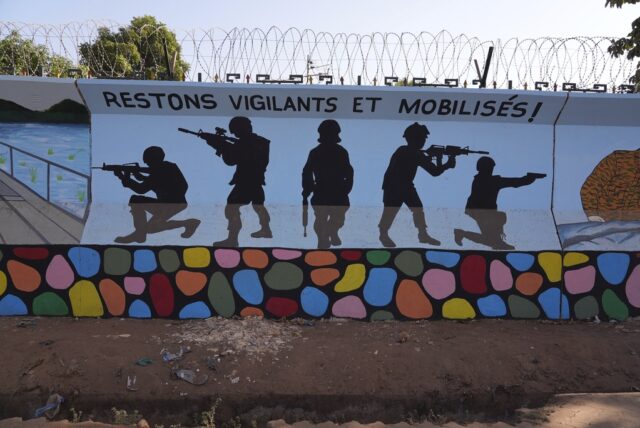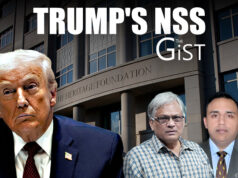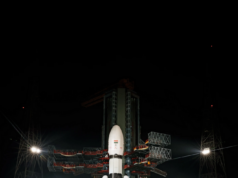The aftermath of the massacre by troops in Burkina Faso on this village is truly tragic. Women slain with babies wrapped against their bodies, lifeless children intertwined together, a 2-month-old face-up on the ground with puppies crawling on his tiny frame. The scenes were horrifying, but the 32-year-old farmer felt he had to document them, as proof of the carnage in his central village. More than a dozen relatives were killed Nov. 5 when security forces attacked with mounted pickup trucks, guns and drones, he told The Associated Press on condition of anonymity, for fear of retaliation. He said he hid in a neighbor’s compound and took a series of photos before fleeing the next morning.
Dozens more were killed that day in Zaongo village, according to his account and that of two other survivors, as well as a U.N. report citing government figures. The images the man sent AP and the interviews with the three survivors are rare firsthand accounts amid a stark increase in civilian forces as the junta struggles to beat back a growing jihadi insurgency and attacks citizens under the guise of counterterrorism.
Most attacks — including the slaying of children by soldiers at a military base last year, uncovered in an AP investigation — go unpunished and unreported in a nation run by a repressive leadership that silences perceived dissidents.
More than 20,000 people have been killed since jihadi violence linked to al-Qaida and the Islamic State group first hit the West African nation nine years ago, according to the Armed Conflict Location and Event Data Project, a U.S.-based nonprofit. The fighting has divided a once peaceful population, blockaded dozens of cities and led to two military coups.
Burkina Faso’s government spokesman didn’t respond to requests for comment about the Nov. 5 attack. Previously, officials have denied killing civilians and said jihadis often disguise themselves as soldiers. The three survivors told AP they’re certain the men were security forces, not jihadis. They describe them wearing military uniforms, one with a Burkina Faso flag fastened to him. The farmer saw a helicopter flying toward the village in the attack’s aftermath — those are used solely by the military, not insurgents.
Source: AP





